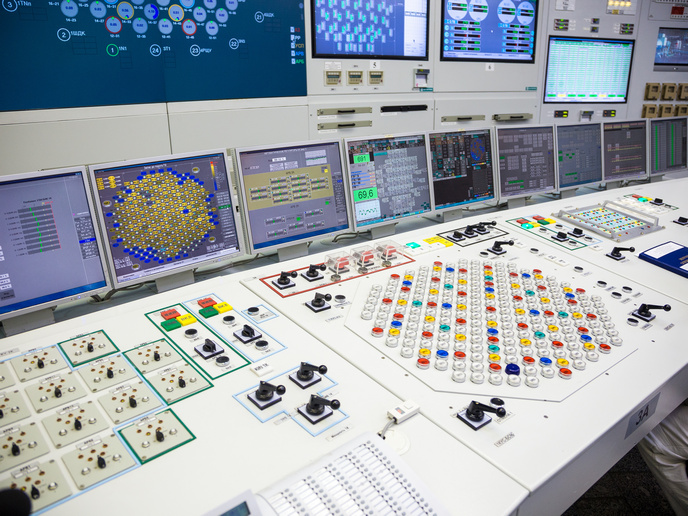Boosting the renovation rate of existing masonry buildings in earthquake-prone EU regions
European building stock is ageing, with more than 85 % of buildings having been built before 2001. Many of these are not energy efficient and are vulnerable to natural disasters such as earthquakes and man-made risks. There is an urgent need to upgrade and improve building energy performance as well as structural safety. Addressing the shortfalls in existing buildings and to help meet the EU’s goal of climate neutrality by 2050, the EU Commission published a Renovation Wave(opens in new window) strategy to double renovation rates in the next 10 years. Contributing to this, the EU-funded SPEctRUM project with the support of the Marie Skłodowska-Curie Actions (MSCA) programme set out to develop innovative techniques, integrating advanced materials, for seismic and energy retrofitting of the European masonry building stock. “Until recently, the renovation of existing buildings focused either on solving structural safety problems or on improving their energy performance. Integrating energy retrofitting with seismic strengthening will benefit the implementation of both initiatives,” explains Dionysios Bournas, project coordinator.
One solution solving two deficiencies
“The impact of the combined retrofit technique was assessed in a study(opens in new window), where the application of the proposed retrofit scheme with different annual renovation rates from 1 to 3 % was evaluated for 20 case study cities. With a renovation rate of 3 %, a 30 % reduction in energy consumption and in CO2 emissions can be achieved,” highlights Leonidas-Alexandros Kouris, MSCA research fellow. Moreover, it was found that in regions of high seismicity, a combined intervention presents financial benefits over energy retrofitting alone. SPEctRUM’s analytical investigation into the behaviour of strengthened walls also showed that by using a composite jacket from mortar coupled with textile reinforcement layers, the strength of masonry walls can be increased sufficiently to withstand strong forces such as earthquakes. “In addition to this, our large-scale investigation into the effectiveness of the proposed retrofitting system across multiple European locations showed that when the simultaneous energy and seismic retrofit is applied, short payback times will be achieved in moderate- to high-seismicity regions,” reports Bournas. A classification for the performance of the retrofitted masonry buildings was also proposed by the project and a homogenisation model to simulate masonry walls as an orthotropic continuum was developed. “The model requires only basic material properties of the units and joints,” adds Kouris.
The work continues
There is high interest in SPEctRUM’s results from the engineering community seeking a versatile technique to retrofit masonry structures. This comes as the proposed technique proved to be efficient in terms of safety and sustainability as well as economically affordable. It can also help increase the renovation rate of masonry buildings in earthquake-prone regions, and therefore support the Renovation Wave of buildings initiative of the European Green Deal and the New European Bauhaus(opens in new window). Further to the seismic and energy upgrading of masonry buildings, the project’s current and future research steps include the investigation of innovative materials for the combined seismic and energy retrofitting of concrete and cultural heritage buildings. This will be undertaken within the Joint Research Centre (JRC) project iRESIST+(opens in new window). “Within the framework of iRESIST+, all these novel concepts and materials towards an integrated seismic and energy retrofitting will be validated experimentally on a full-scale building in the JRC’s ELSA laboratory(opens in new window),” concludes Bournas.







